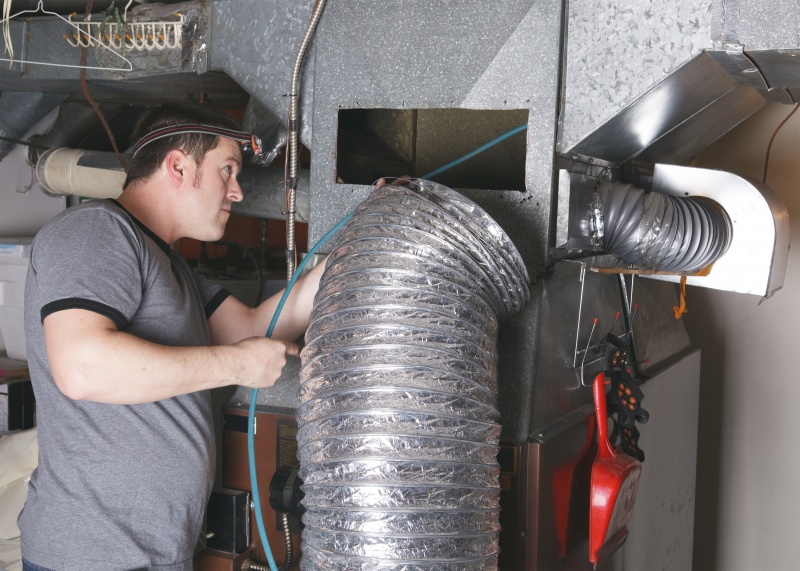In the realm of home climate control in Glendale, AZ, heat pumps have emerged as a versatile solution, offering heating and cooling. However, when selecting the right heat pump for your home, understanding the differences between ducted and ductless heat pumps is crucial. Let’s understand ducted and ductless heat pumps and which air conditioning installation in Glendale, AZ, is right for you.
Ducted Heat Pumps
Ducted heat pumps, also known as central heat pumps, operate through a network of ducts installed throughout the home. These systems consist of an outdoor unit connected to an indoor unit, which distributes conditioned air through the ductwork.
Ducted heat pumps use refrigerant to transfer heat from one area to another. During the winter, the outdoor unit extracts heat from the surrounding air and transfers it indoors. In the summer, the process is reversed to provide cooling. The conditioned air is then distributed evenly throughout the home via the ducts.
Pros of Ducted Heat Pumps
- Whole-Home Comfort: Ducted heat pumps can efficiently heat or cool the entire home, ensuring consistent comfort in every room.
- Aesthetic Appeal: Since the indoor unit is concealed within the walls or ceiling, ducted systems offer a clean and unobtrusive look.
- Enhanced Air Quality: Ducted heat pumps can improve indoor air quality by capturing dust, pollen, and other airborne particles by using air filters within the ductwork.
Cons of Ducted Heat Pumps
- Installation Complexity: Air conditioner installation ductwork can be labor-intensive and costly, particularly in existing homes where retrofitting may be required.
- Energy Loss: Ducted systems are susceptible to energy loss through leaks or poorly insulated ducts, reducing efficiency.
- Zoning Limitations: It can be challenging to achieve precise temperature control in individual rooms with a ducted system, leading to potential energy waste.
Ductless Heat Pumps
Ductless heat pumps, or mini-split systems, offer a decentralized approach to home heating and cooling. These systems consist of an outdoor unit connected to one or more indoor air-handling units, each serving a specific zone or room.
Ductless heat pumps operate on the same principle as ducted systems, using refrigerant to transfer heat. However, instead of relying on ducts to distribute air, they deliver conditioned air directly into the living space through wall-mounted or ceiling-mounted units.
Pros of Ductless Heat Pumps
- Easy Installation: Ductless systems are relatively easy to install since they require minimal ductwork, making them ideal for new construction and retrofitting existing homes.
- Zone Control: Ductless heat pumps allow for individual temperature control in each zone or room, maximizing comfort and energy efficiency.
- Energy Savings: By eliminating duct-related energy losses and enabling zoning, ductless systems can help reduce energy consumption and utility bills.
Cons of Ductless Heat Pumps
- Aesthetic Considerations: While ductless units are sleek and compact, some homeowners may find them less aesthetically pleasing than ducted systems.
- Upfront Cost: Although ductless systems may offer long-term savings through improved energy efficiency, their initial purchase and installation costs can be higher than ducted systems.
- Limited Capacity: Ductless heat pumps may not be suitable for larger homes or spaces requiring extensive heating or cooling, as their capacity is typically limited compared to ducted systems.
The choice between ducted and ductless heat pumps ultimately depends on various factors specific to your comfort needs and budget. While ducted systems offer whole-home comfort and a seamless aesthetic, ductless systems provide flexibility, energy efficiency, and zone control. By weighing the pros and cons of each option, you can make an informed decision that aligns with your preferences and requirements for indoor comfort.
Contact the team at AZ Perfect Comfort to schedule air conditioning installation in Glendale, AZ and Feel the Comfort You’ve Been Missing.

